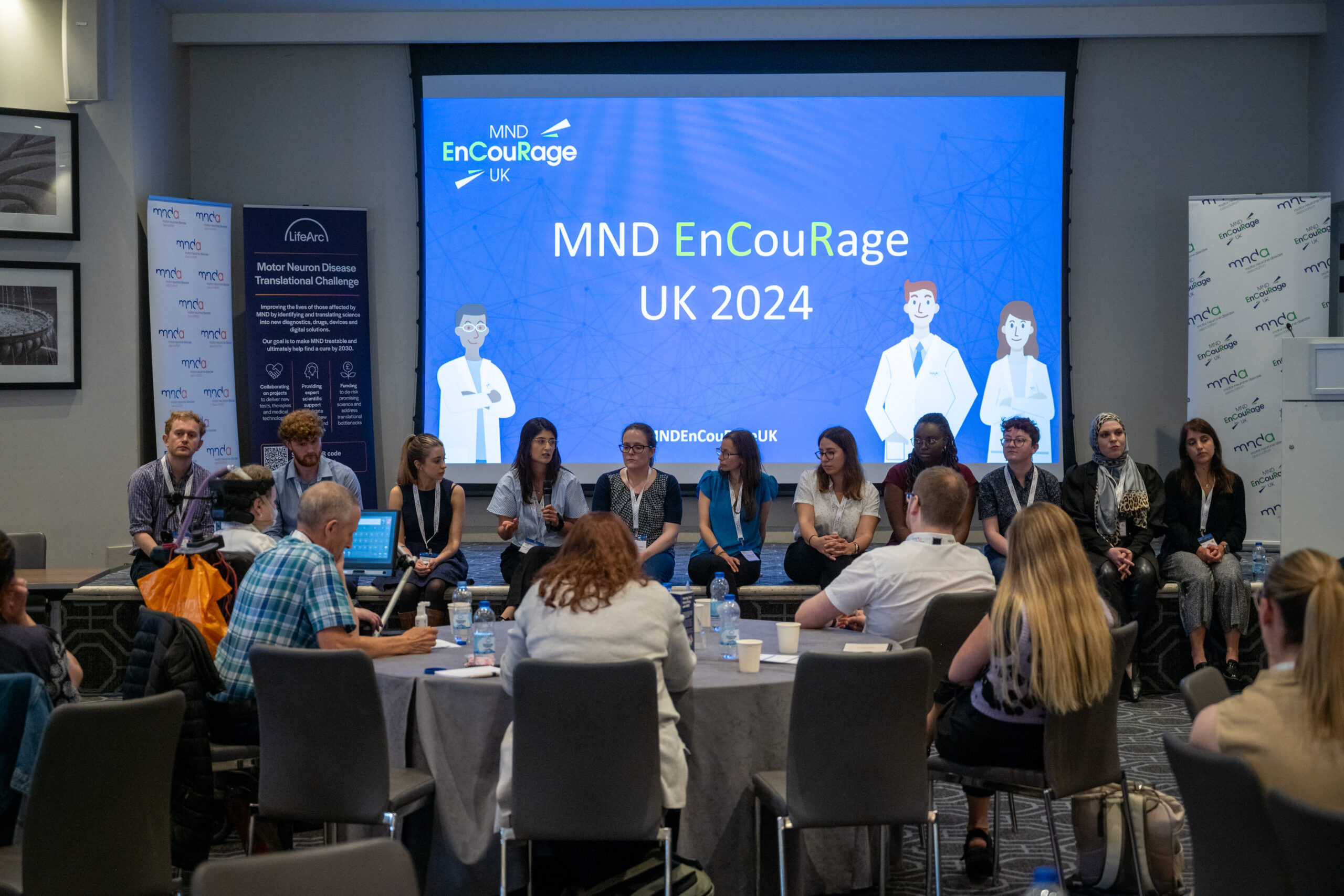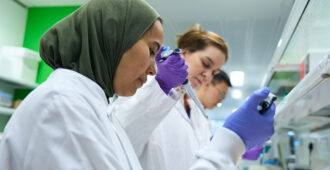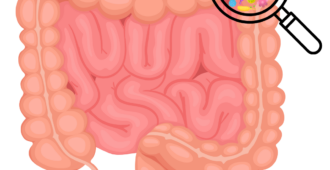As the research team count down to this year’s International Symposium on ALS/MND, we will be posting blogs throughout November to give you a snapshot of some of the research being presented at this year’s event.
Every year, the team works hard to build on the previous year’s success. This year we are excited to include a series of three ALS-FTD joint sessions, in collaboration with the International Society for Frontotemporal Dementias, in the programme.
Some people with ALS, the most common form of MND, also develop a form of dementia known as frontotemporal dementia (FTD). FTD is a group of disorders where the nerve cells in two sets of lobes (frontal and temporal) in the brain are damaged. Research has provided increasing evidence that ALS and FTD are connected, including that the most common genetic cause of ALS, C9orf72, is also found in 40% of FTD cases. The ‘Exploring the ALS-FTD Continuum’ sessions at the Symposium will explore the overlap between the two diseases and identify new collaborative opportunities which hopefully help lead to the development of effective treatments for both diseases. To give you a teaser of what is to come, we are taking a closer look at the plenary speakers in the ALS-FTD sessions at the Symposium. In this blog, we explore the topics they will be presenting and find out a little more about the speakers. If you missed part one of this blog, you can catch up below.
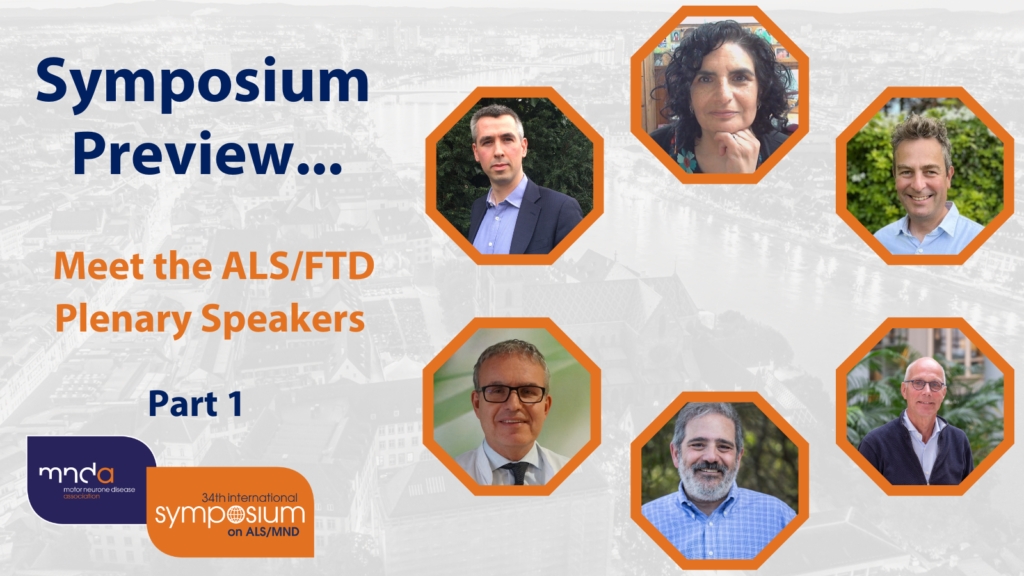
RELATED POST
Blog | 22 November 2023 | Charlotte Roy
Symposium Preview: Meet the ALS/FTD Plenary Speakers…Part 1
Session 3C – Perspectives on ALS and FTD: Biomarkers, Trials and Prodromal Disease
Professor Michael Benatar from the University of Miami, and Corey McMillan from the University of Pennsylania will discuss the theory that ALS and FTD can be active within the body for a period of time before symptoms onset.
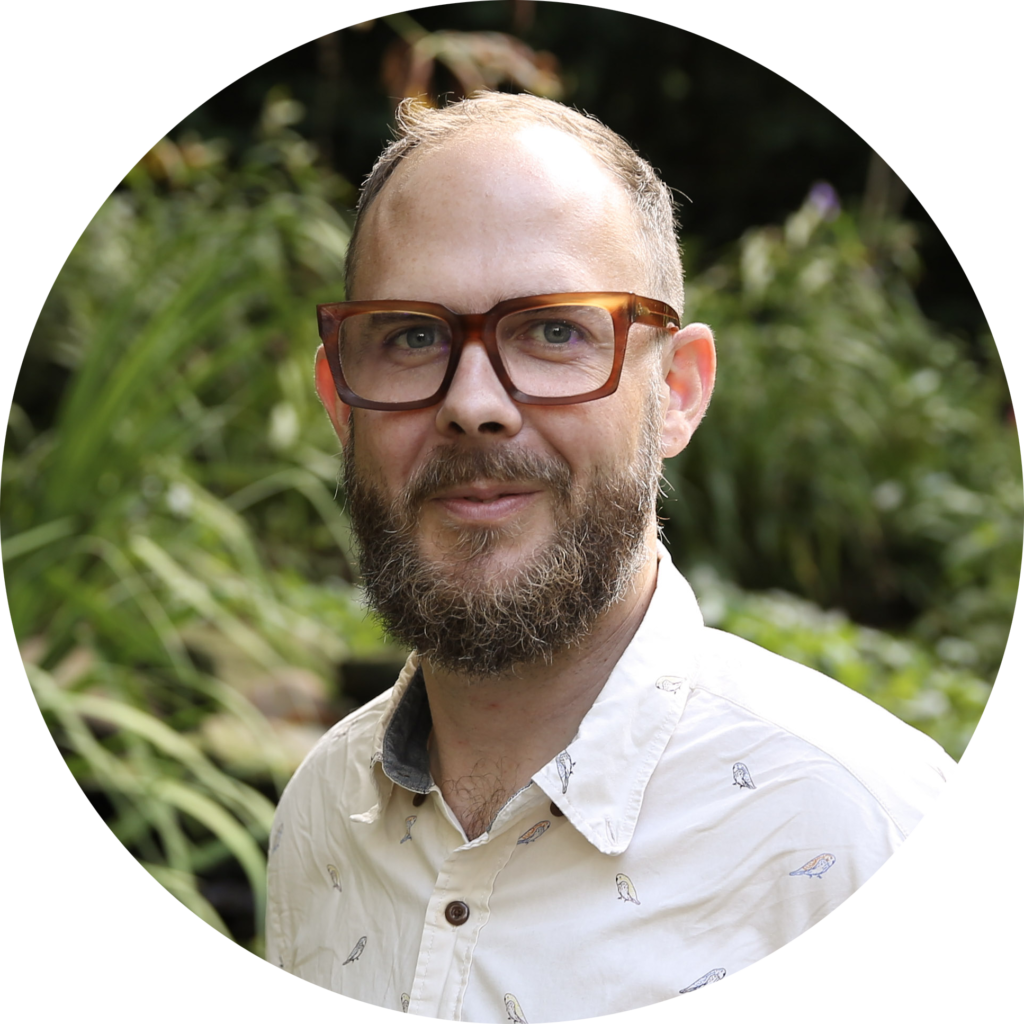
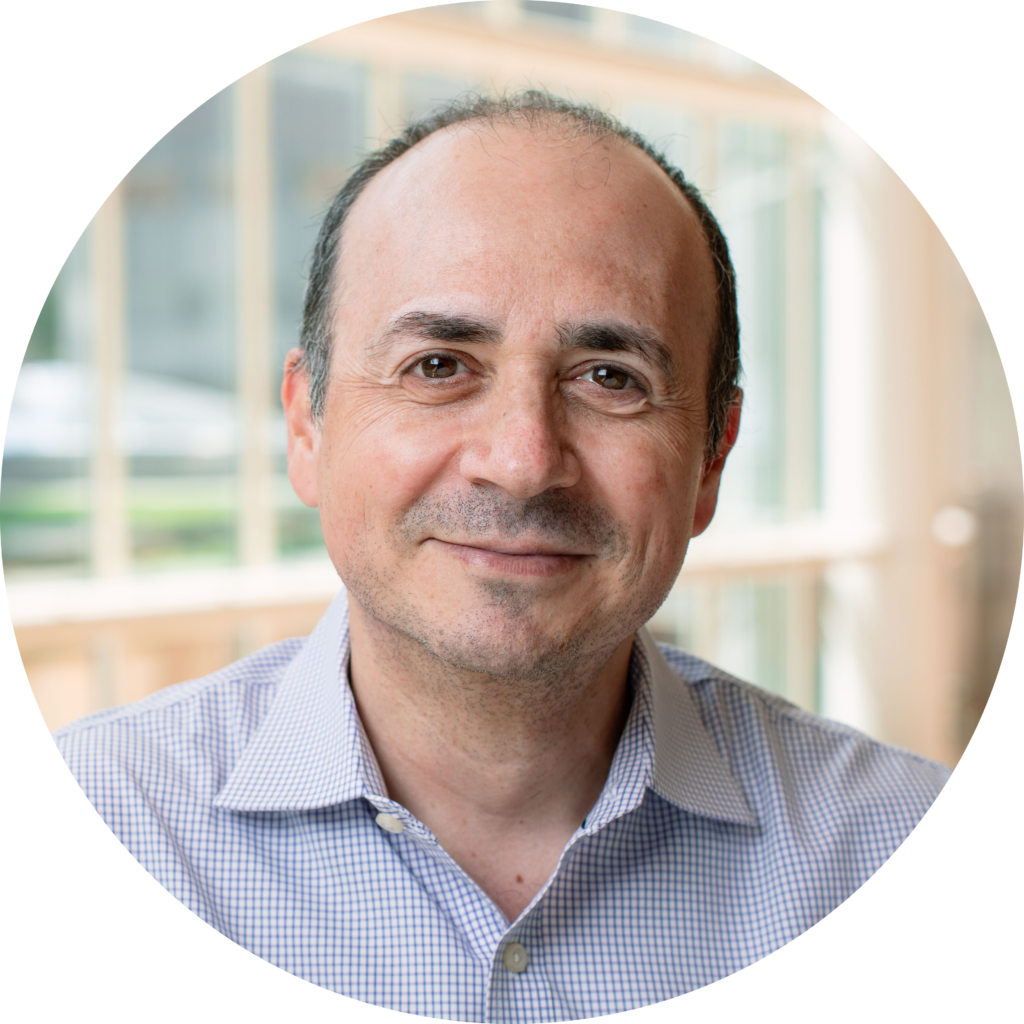
In this stage of the disease there may be mild symptoms, but these symptoms do not warrant a full diagnosis. Several terms, including pre-symptomatic and prodromal stage, and definitions have been used to describe this stage of the disease. This can lead to inconsistency in their use and confusion for clinicians and other healthcare professionals. Professor Benatar and McMillian will put forward the case to develop an agreement on definitions and use of terminology, as well as highlighting the evidence showcasing the pre-symptomatic stage of the disease.
In the final talk of this session, Professor Leonard van den Berg, UMC Utrecht, and Professor Adam Boxer, University of California will discuss the current lack of investigation or demonstration of the effect potential treatments of ALS have on the cognitive and behavioural symptoms.
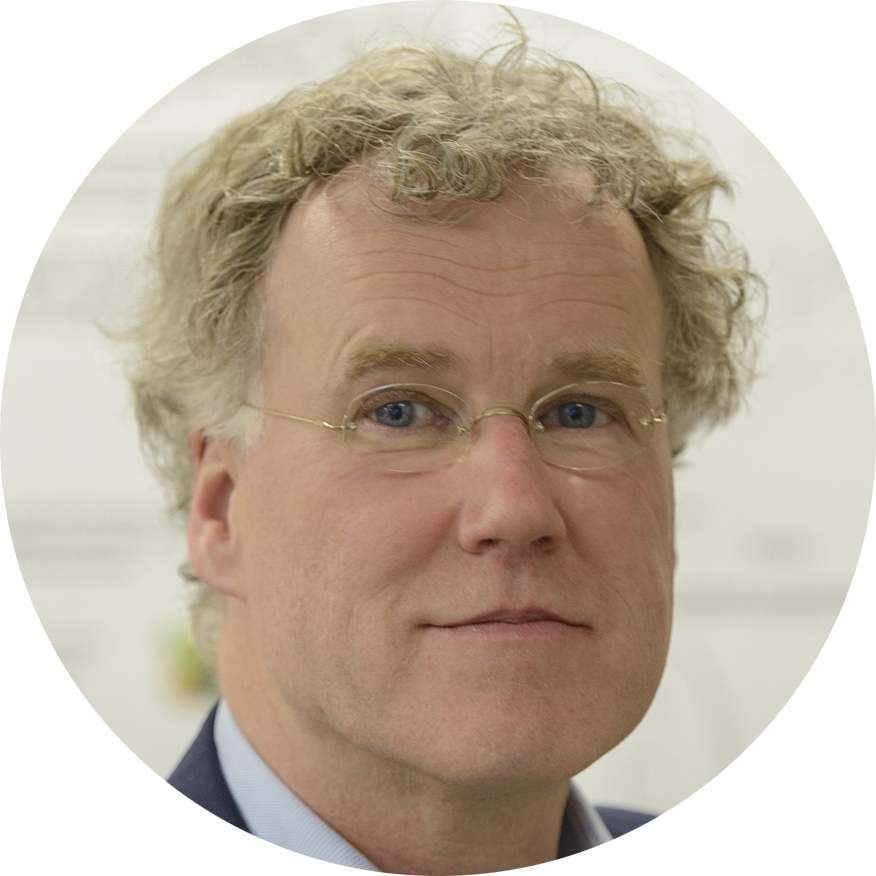
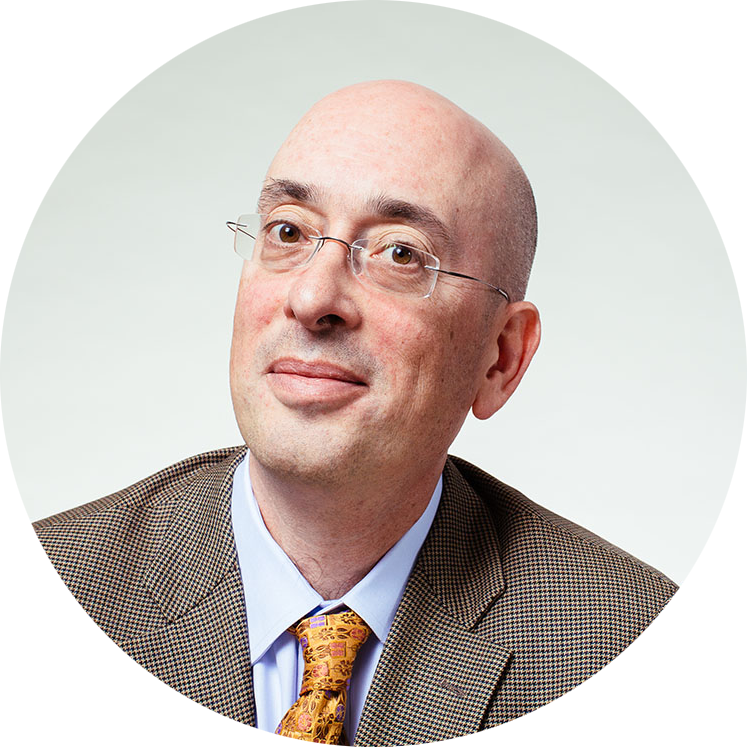
As already mentioned, researchers have suggested ALS and FTD exist on a spectrum, with up to 50% of people with ALS experiencing some cognitive or behavioural symptoms. Professor van den Berg and Boxter will put forward the case of evaluating the effect of potential new treatments on cognitive/behavioural symptoms in future clinical trials. They will also highlight one of the main aims of the new ALS-FTD sessions at the Symposium – to combine expertise from both diseases to help accelerate drug discovery for both diseases.
Session 4C Perspectives on ALS and FTD: Pathology, Models and Targets
The formation of clumps of a protein called TDP-43 is thought to occur in up to 97% of people with ALS and up to 50% of people with FTD. These clumps are toxic and lead to motor neurone damage and death. Recent research has suggested that TDP-43 clumps can occur in different areas and cells of the central nervous system, which can help to classify the disease into different subtypes, especially in FTD. These subtypes are also supported by specific clinical symptoms and gene mutations.
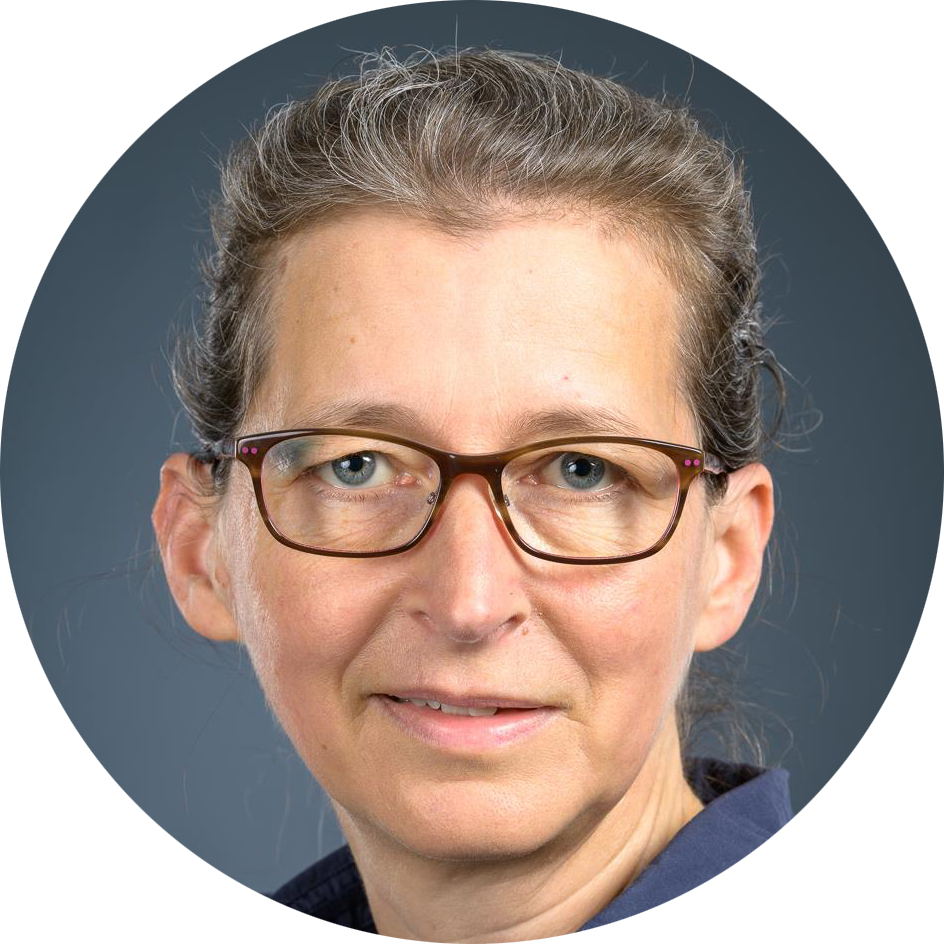
In her talk, Professor Manuela Neumann, University Hospital of Tübingen, will give an overview of the similarities and differences between the clumping behaviour of TDP-43 and subtypes, along with information on symptoms and gene mutations which correlate to these subgroups. This will highlight the variability of TDP-43, but also the importance in understanding the distinct characteristics which could help lead to the identification of subtypes of both ALS and FTD. Identification of subtypes could help lead to the development of more personalised treatments which target the specific problems in each specific subtype.
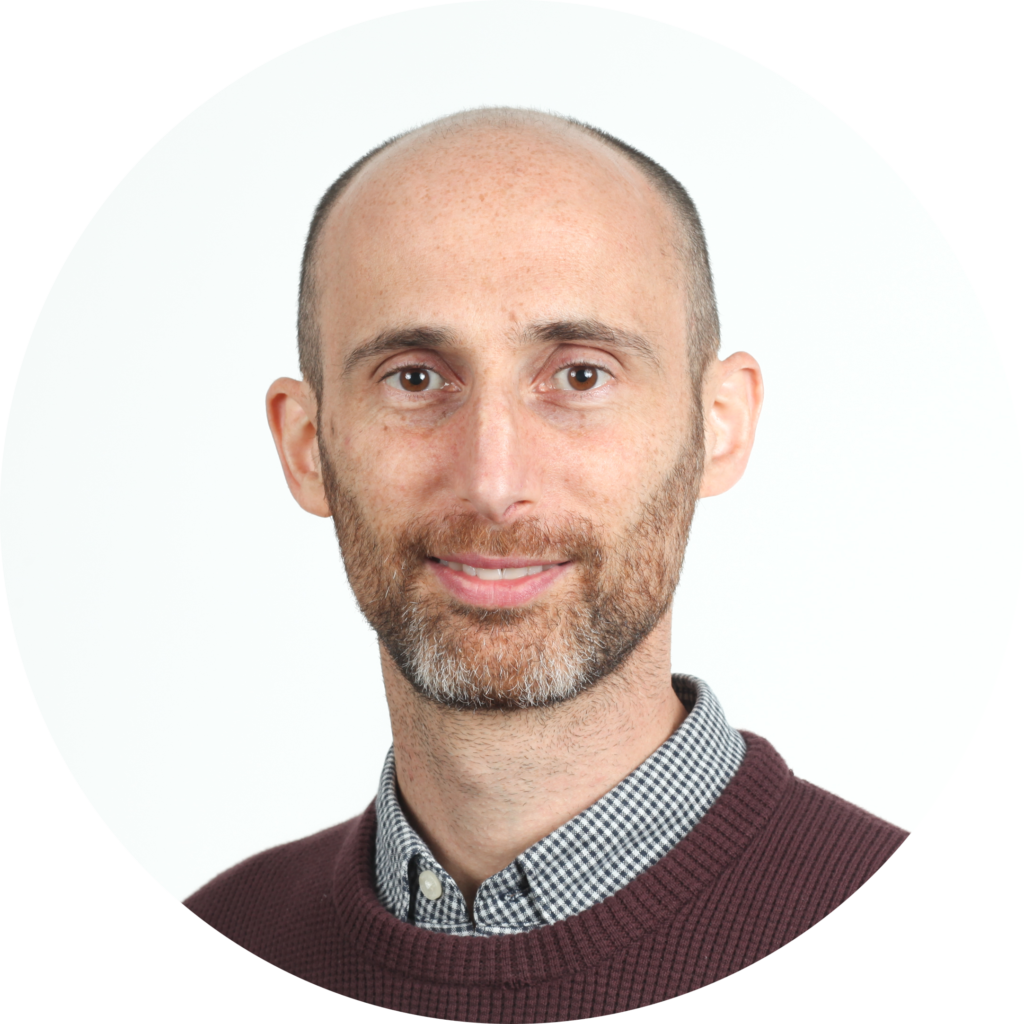
Understanding more about the diseases, such as through common pathways/mechanisms like TDP-43 clumping, can help to identify new targets for therapeutic intervention. As already discussed, ALS and FTD share common pathways and also have a common genetic cause of the diseases, with mutations in the C9orf72 gene. One way to learn more about the diseases is to create models using animals and “motor neurones in dish” (also known as stem cells). In his talk, Professor Adrian Isaacs, University College London, will highlight a selection of models which have helped identify potential targets for intervention .
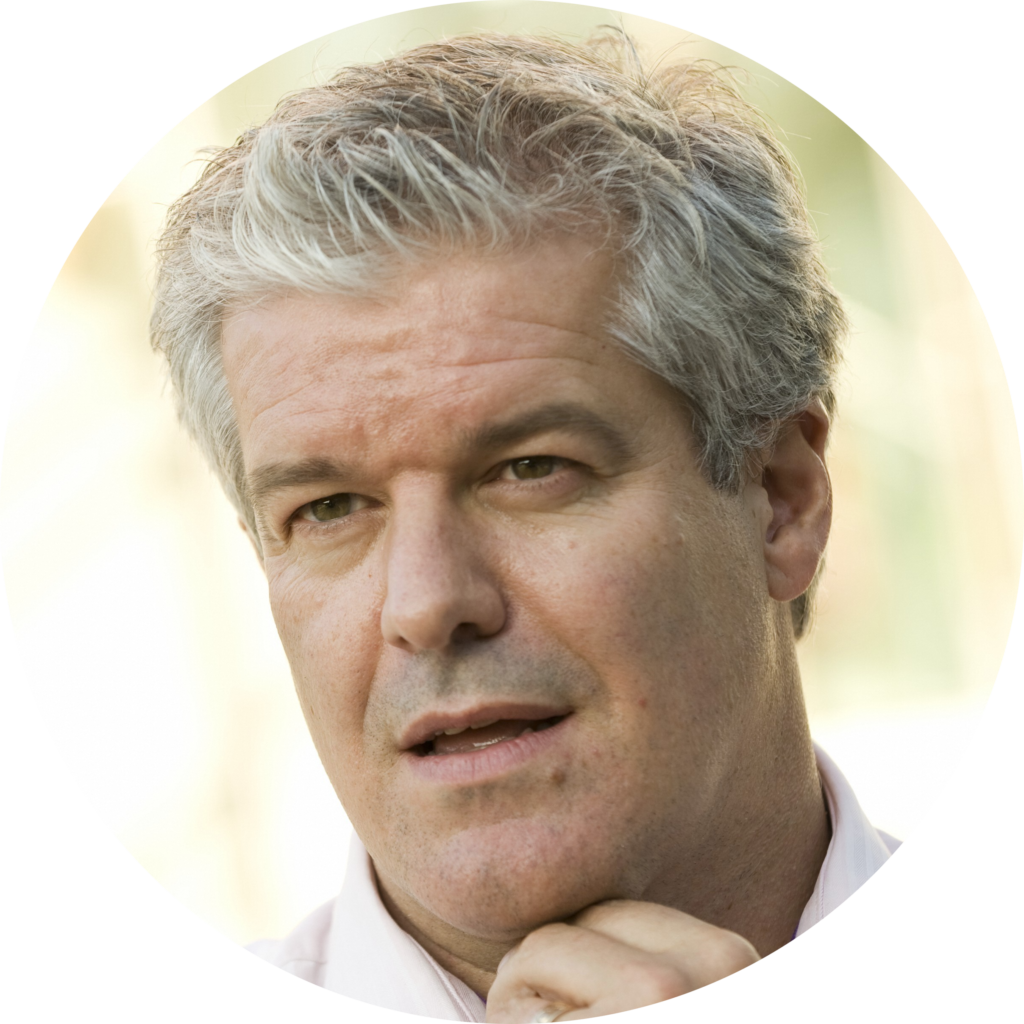
In the final talk of the ‘Exploring the ALS-FTD Continuum’ sessions, Professor Chris Shaw, King’s College London, will discuss the development of genetic therapies for ALS and FTD. Genetic therapies target mistakes within the DNA of specific genes known to cause disease. A recent example of a genetic therapy is Tofersen, with was designed specifically for people with ALS with the SOD1 gene mutation. Tofersen was recently approved by the FDA in the United States.
One key challenge in the development of ALS and FTD gene therapies is the getting the therapy to pass through to the central nervous system. The blood/brain and cerebrospinal fluid/brain barriers can limit the distribution of the therapy and reduce its effect on the body. In his talk, Professor Shaw will discuss the challenges of developing gene therapies and the possible solutions to some of these challenges.
This blog is the last one in the Symposium Preview series that we’ve shared throughout November. We hope you’ve enjoyed these blog posts and that they have given you a sneak peek at some of the research being presented this year at the Symposium. If you’ve found this blog interesting and want to catch up on any previous blogs in the series you can find them here
We hope you’ll be joining us at this year’s Symposium either in Basel or online. There’s still time to register for online attendance if you haven’t already!
Online attendance will allow delegates to watch some sessions live, with on demand access for all sessions available after the event (on demand access will also be available to those who attend in-person).
Stay Informed
You can find out more about the International Symposium on ALS/MND on the website and view the full programme for this year’s event.
You can follow our research account on Twitter. We tweet about up to the minute research and will be tweeting throughout the Symposium using the hashtag #alsmndsymp.



